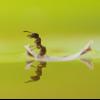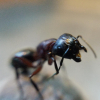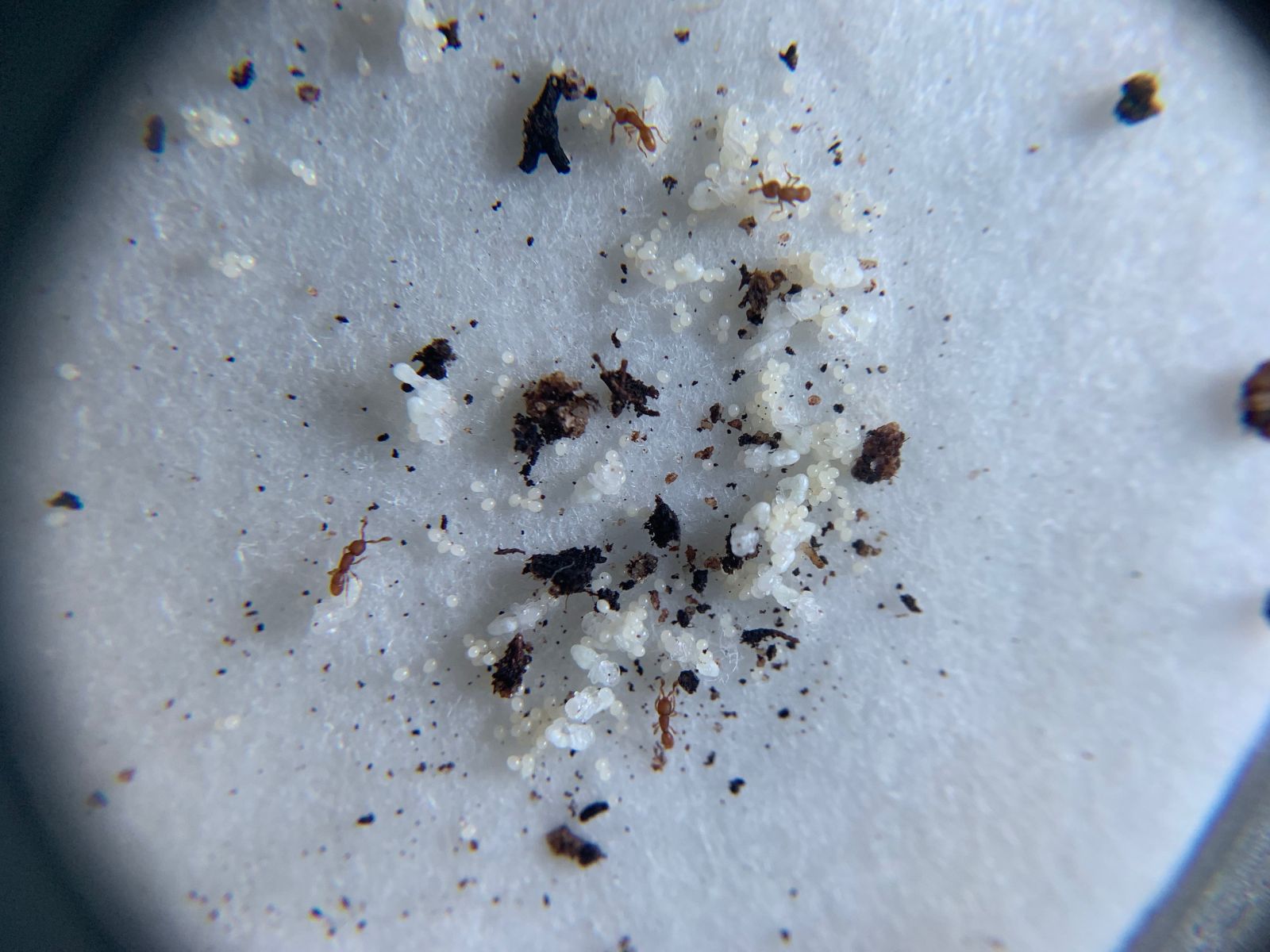This is quoted from a website: “Katherine Driscoll was still a high school student when she started working in the Dunn Lab. She was assigned the impossible task of collecting a colony of a rare ant, Discothyrea testacea, which appears to eat only spider eggs (though, truth be told, no one really knows). She was thrilled to find several individuals on NCSU campus (right behind the Biology Dept. building), but these were all dead. By using a simple technique she developed for collecting live ants, Katherine found a living specimen of Discothyrea testacea. This discovery made Katherine one of the first people ever to see this rare species of ant alive under the microscope! Katherine is now a sophomore at NCSU, and is continuing to conduct research as part of the School of Ants team.”
You are a very lucky person to find this species!
Edited by GooglyBlox, July 10 2019 - 10:19 AM.























